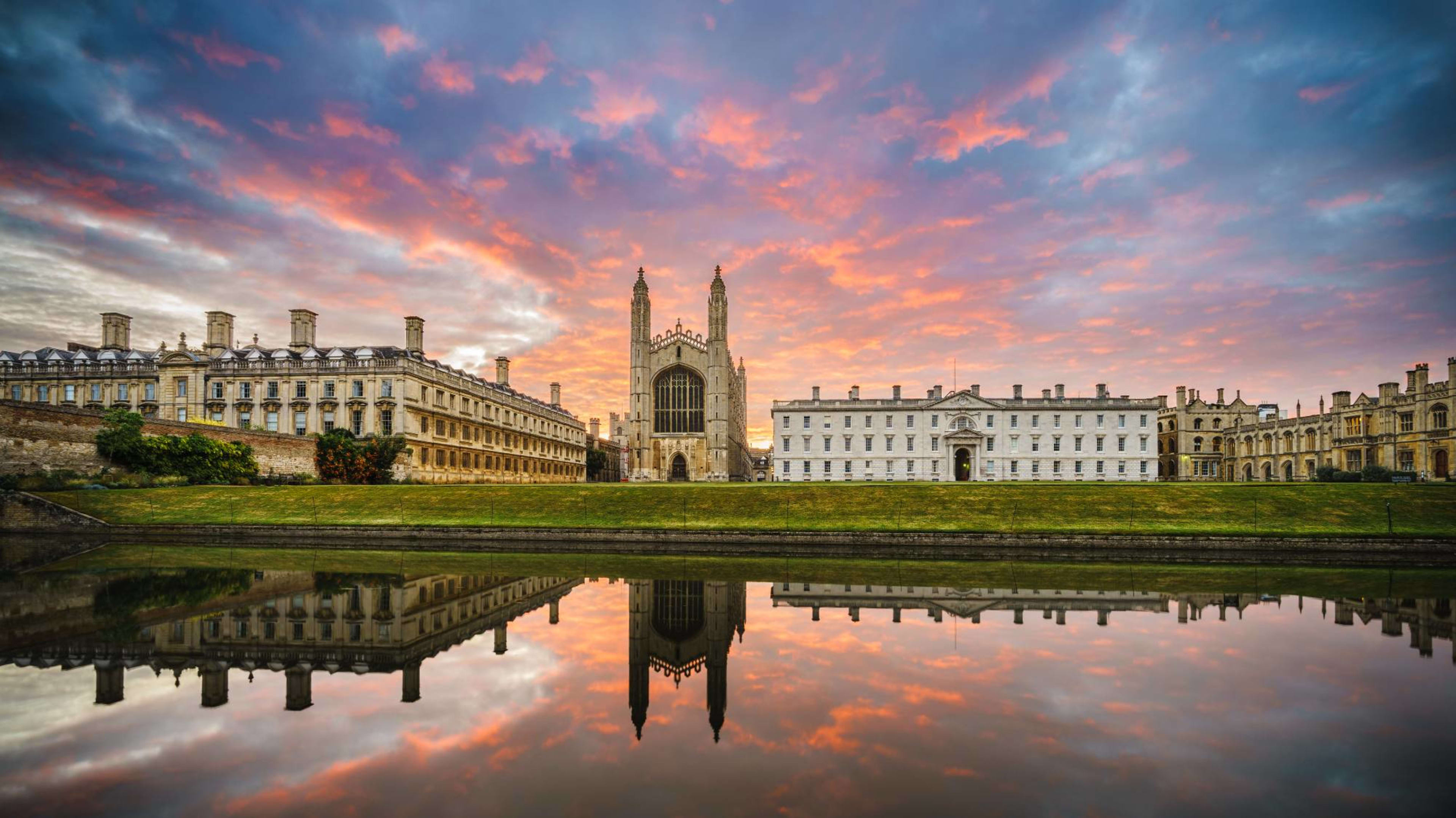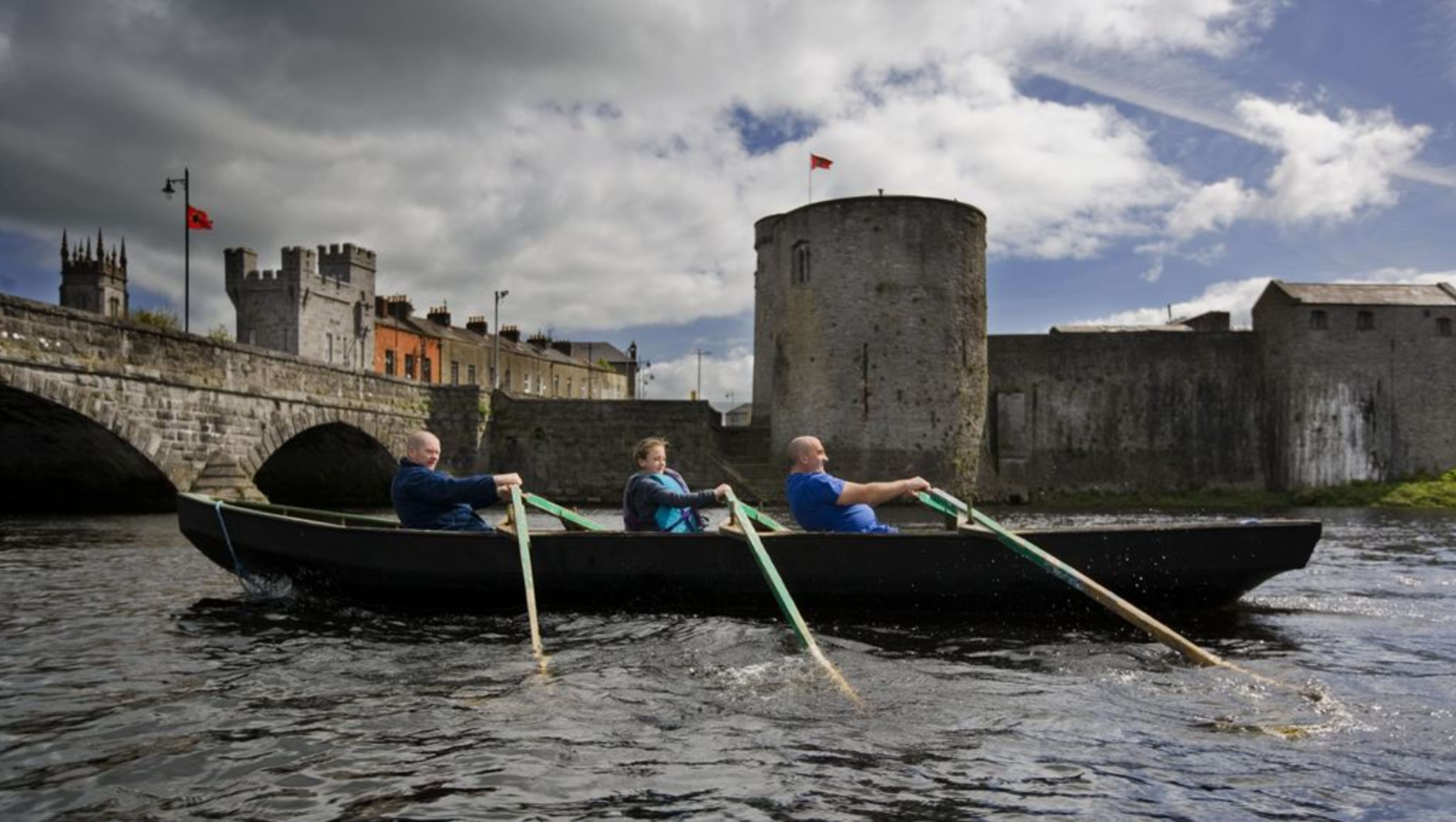The Oxford v. Cambridge Boat Race
As well as being widely recognised as one of the most picturesque parts of the United Kingdom and being home to one of the world’s best universities, Cambridge has something else to boast about. Here at Clayton Hotel Cambridge we take a great interest in the annual boat race and love helping our guests enjoy the history, pageantry and team spirit that makes this event so much fun. If the boat race is new to you, in short it sees a rowing team from Cambridge University Boat Club go up against a rowing team from Oxford University Boat Club, both hoping to be named as the year’s winners.
If you’re looking to find out more – keep reading. We’ve gathered 10 of the best facts about the race to share with you. Feel free to use them to win a pub quiz, to wow guests during your next dinner party or best of all, to enjoy every minute of your next trip to Cambridge!

The first Oxford v. Cambridge boat race was held on 10th June 1829.
It has been held annually since 1856, except for during the First World War and Second World War.
The first race came about as a challenge between two school friends.
One from Cambridge and one from Oxford.
The race initially happened at irregular times before becoming an annual sporting event and sticking to a fixed schedule.
The two competing teams row down the River Thames.
A 4.2 mile section of the River Thames known as the Championship Course.
The Oxford v. Cambridge boat race is broadcast on television.
Despite not involving a national team it is watched by approximately 15 million people.
In 1912, the race was run in very poor weather conditions.
Both teams sank after their boats began to fill with water.
Despite Oxford’s early lead, the race was abandoned and rescheduled for the following day.
The 1877 race was declared a dead heat by race judge John Phelps.
Neither team won.
Many people felt Phelps made an error and whether or not he was a good judge has since been questioned.
Though the main event is the men’s rowing competition.
There is also a race between the women’s teams which takes place beforehand.
Actor Hugh Laurie took part in the race in 1980
Lauire was part of the Cambridge team.
Rowing must run in the family as his father was part of the team between 1934 and 1936.
In 2012 the race had to be restarted.
Spectator Trenton Oldfield deliberately swam into the river between the two boats in order to disrupt the rowers.
The race was stopped on safety grounds and later restarted.
A coin toss determines the side on which the teams will race.
The two possibilities are either the Middlesex side of the river or the Surrey side.
Each side has its pros and cons which are related to the way the river bends.



